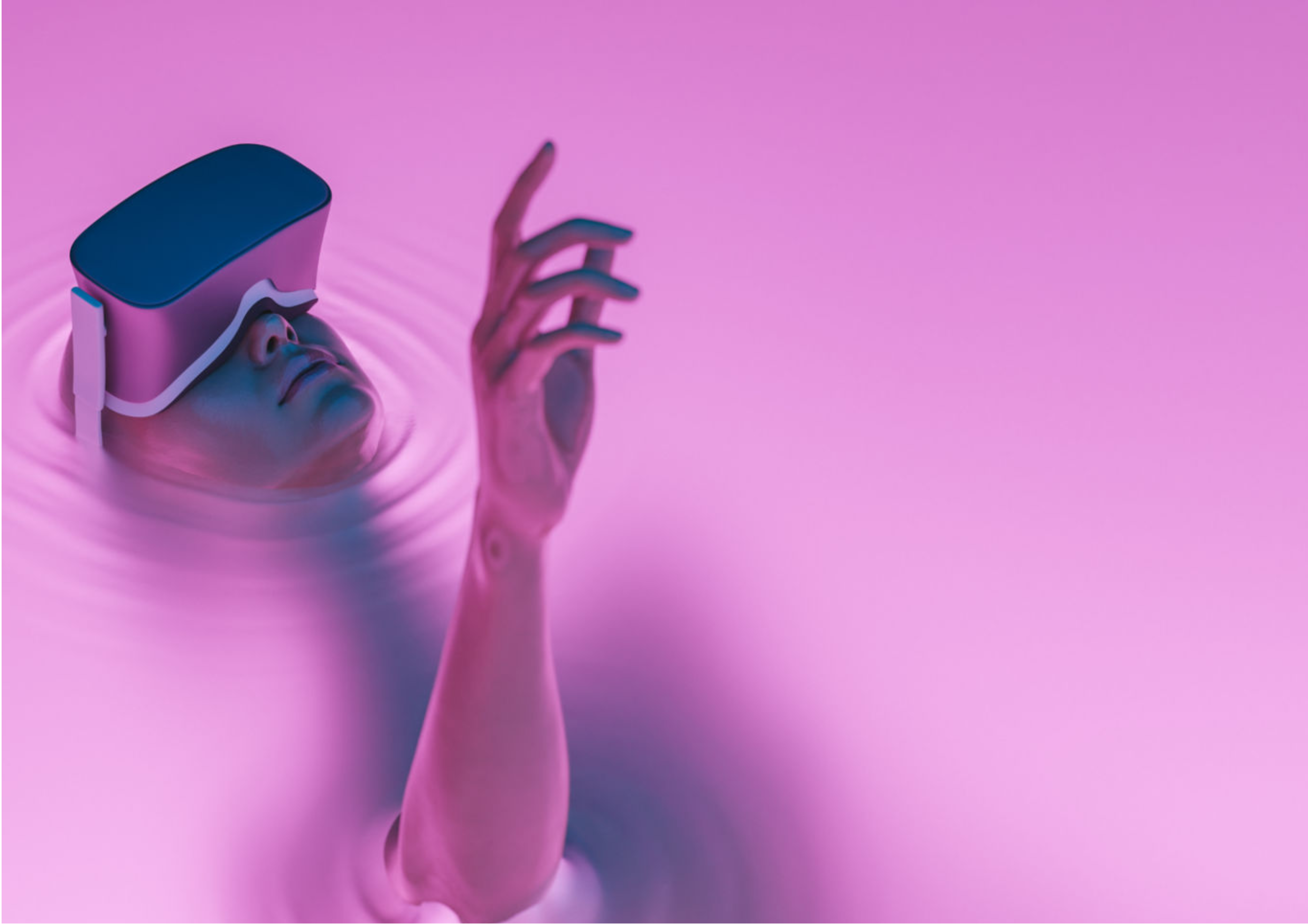What is virtual reality?
Virtual reality (VR) has quickly gone from an experimental technology seemingly straight from the future, to a contemporary one that’s accessible—like so many things—from your smartphone.
Though much more commonplace now, VR is still a technology that may have passed many by.
So, let’s break down VR, how it’s accessed, and why it might be used to present new experiences to people.
What is virtual reality?
VR has arguably been with us for years before the immersive style that is synonymous with the term today.
When talking about VR, the term often applies to the use of simulation and computer-generated graphics to produce an immersive, interactive experience for its users.
VR in this regard is presented and navigated via special peripherals. These include head-mounted displays (HMDs), special headsets that deliver the computer graphics before the user’s eyes, and gyroscopic controllers that track hand movements and gestures as well as button presses.
However, it can also be presented as an immersive environment surrounding the individual, as is the case with VR CAVEs.
What are the three types of virtual reality?
VR can generally be broken down into three types based on their levels of immersion. This could also loosely be seen as levels of accessibility, since VR experiences can be more immersive for the user’s senses thanks to greater technological involvement and usually more peripherals.
Non-immersive
Though more a technicality than the immersive virtual reality experiences that have come to define the term, non-immersive VR is commonplace. An easy example of this is playing a video game on a TV or PC monitor, where the user has control of their character but ultimately isn’t part of the simulation themselves.
The separation of the virtual environment and the user is what makes this kind of VR non-immersive, and for this reason some may discount and argue against classifying non-immersive experiences as virtual reality in the first place.
Semi-immersive
Semi-immersive VR bridges a gap between the non and fully-immersive experiences by having deeper and more complex displays than the former, but lacking the extra sensory involvement of the latter.
Accordingly, semi-immersive experiences still have a degree of separation from the experience itself and the user. They can simply look away from the display to ‘leave’ the VR, which is why they’re so useful for training and on-the-job simulations like those used in aviation; they allow others to view them at the same time, making guidance and collaboration all the simpler.
Fully immersive
Fully immersive VR is the main kind of virtual reality that most people are referring to when they mention the term. The acronym ‘VR’ is, for all intents and purposes, a shorthand for fully immersive experiences.
This type of VR creates a full immersion by making greater use of either specialised peripherals or projection and display technology, which still has much room to grow.
HMDs track head movement and orientation to change what the user sees in real time, allowing the user to explore and look around a virtual landscape in much the same way they would look around a location in the real world.
Immersive VR rooms, conversely, build the environment around the user, which they can look around and explore without the need for additional peripherals.
Accompanying sound builds on this, creating a soundscape as well as a landscape to enhance the immersion and bring VR closer to the real thing.
What technology does virtual reality use?
VR utilises a range of technologies, some highly reiterated and refined, others more experimental and still in development.
The most common technologies employed in virtual reality include handheld controllers and the aforementioned mounted displays that track user movement.
It should be noted that more advanced HMD developers are working on eye tracking technologies that will also allow the VR experience to learn from, and tailor itself to, the user’s specific attention and focus.
Other technologies employed in VR include spatial audio (sound that can be delivered from any 360-degree direction around the user) and haptic feedback, which uses tactile feedback to immerse a user’s sense of touch in the same manner as their senses of sight and sound.
With rapid advancements in artificial intelligence (AI) and the internet, it can only be speculated as to which technologies will enhance and empower VR even further in future.
Though commonly employed as a means of entertainment, VR has a limitless well of potential in education, training, therapy, and many other areas in which immersive experiences can help people and enhance their everyday lives.




















